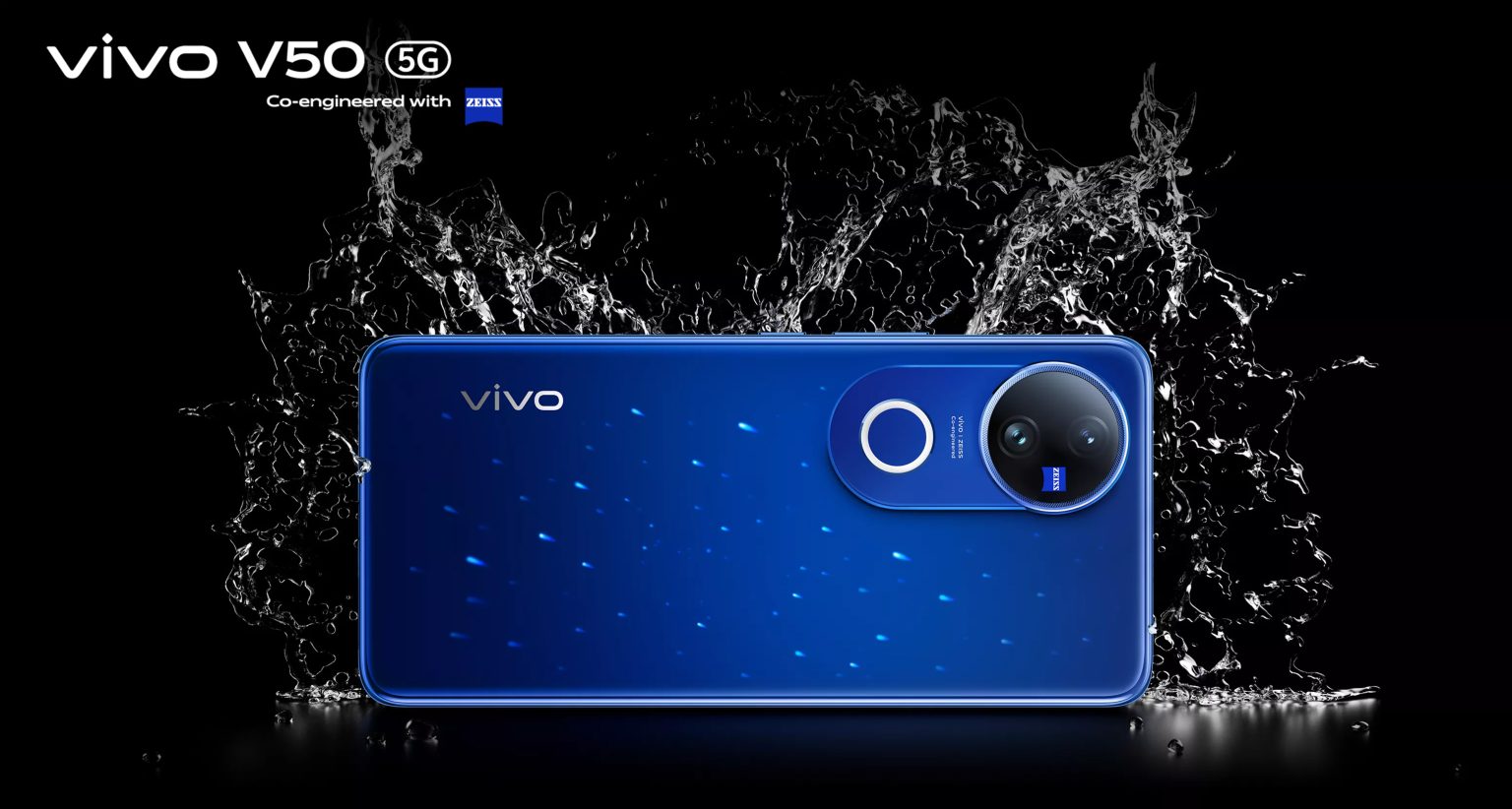A splash of water, a sudden downpour, or a damp pocket during the monsoon – small accidents like these can pose a big risk to your smartphone.
In a season where unpredictability is the norm, the ability of a device to withstand dust and moisture has become crucial.
This is where Ingress Protection (IP) ratings come in. Often overlooked by users, an IP rating is a trusted global standard for measuring a device’s reIPOsistance to dust and water.
Each IP rating consists of two digits: the first (ranging from 0 to 6) indicates dust protection, and the second (0 to 9) shows water resistance.
For instance, a phone rated IP68 can withstand submersion in water up to 1.5 metres for 30 minutes, while IP69 offers protection against high-pressure, high-temperature water jets — the kind of durability once seen only in rugged industrial gear.
Understanding the evolving needs of consumers, smartphone brand vivo has prioritised IP-rated protection across a wide range of its product lines.
From the flagship X series to the style-focused V series and even select models from the budget-friendly Y series, vivo is expanding access to premium durability.
By incorporating ratings such as IP64, IP68, and IP69 into its phones, vivo is helping users stay worry-free — whether navigating muddy alleys during Eid, getting caught in the rain on a commute, or simply using their device near water at home, according to a press release.
vivo’s approach reflects a shift in the smartphone industry, where water and dust protection is no longer a luxury feature, but a necessity.


